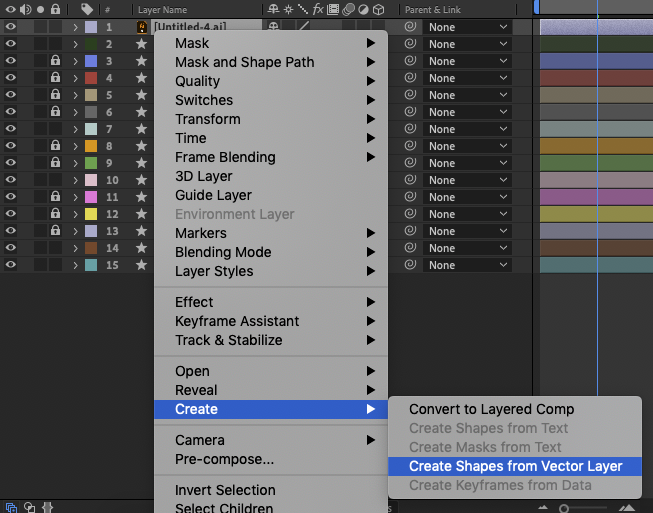
- #How to render in adobe after effects install
- #How to render in adobe after effects full
- #How to render in adobe after effects code
This will include monitoring CPU, RAM, GPU and VRAM usage during rendering and dynamically adjust the number of concurrent frames being rendered.
#How to render in adobe after effects install
Here you can install After Effects (Beta). In Adobe Creative Cloud, look for Beta apps in Categories.


This is discussed in an earlier blog After Effects Network Rendering. Each instance is assigned a different range of frames to render in parallel. Essentially, a script will start up concurrent After Effects instances on a single computer. There are third-party solutions that use this same concept to speed up renders. Each instance duplicated memory which meant large memory requirements and increased memory management in general. There were still many bottlenecks and incompatibilities and issues with certain plugin effects and expressions. This implementation survived until the release of Adobe After Effects 2015, where the feature was removed. Each instance would run one of the cores, and they would render frames in parallel.
#How to render in adobe after effects code
Rather than a complete code overhaul to a multi-threaded environment, Adobe implementation worked by essentially running multiple instances of After Effects in the background during rendering. Due to its single-threaded code, it limited to a single core. The was an attempt to allow After Effects to better utilise available CPU cores. Under Info, you can see concurrent frames rendering Some Backgroundīack in 2008, CS3 was released with a new multiprocessing feature where you could enable an option "Render Multiple Frames Simultaneously". This goes far beyond the original 2008 implementation.

Upcoming betas will also support Preview, Motion Graphics templates, Dynamic Link, Adobe Media Encoder and AERender Command Line Interface (partially implemented). The current beta version supports Multi-Frame Rendering for foreground exports via Render Queue only. This makes it the perfect time to also remove any single-threaded CPU bottlenecks.

This has brought about significant performance gains for the effects and codecs it supports. In recent times, GPU acceleration has had a lot of focus.
#How to render in adobe after effects full
Multi-Frame Rendering aims to unlock its full potential. Depending on your hardware configuration, namely number of cores and the amount of RAM (memory), you should expect to see a 1.5x - 3x rendering speed improvement with the current beta release.Īfter Effects generally only uses 10-20% of the CPU power of your computer. It's currently in open beta so anyone can start trying it out today. Multi-Frame Rendering (AKA multithreading/multiprocessing) is back, and better than ever.


 0 kommentar(er)
0 kommentar(er)
